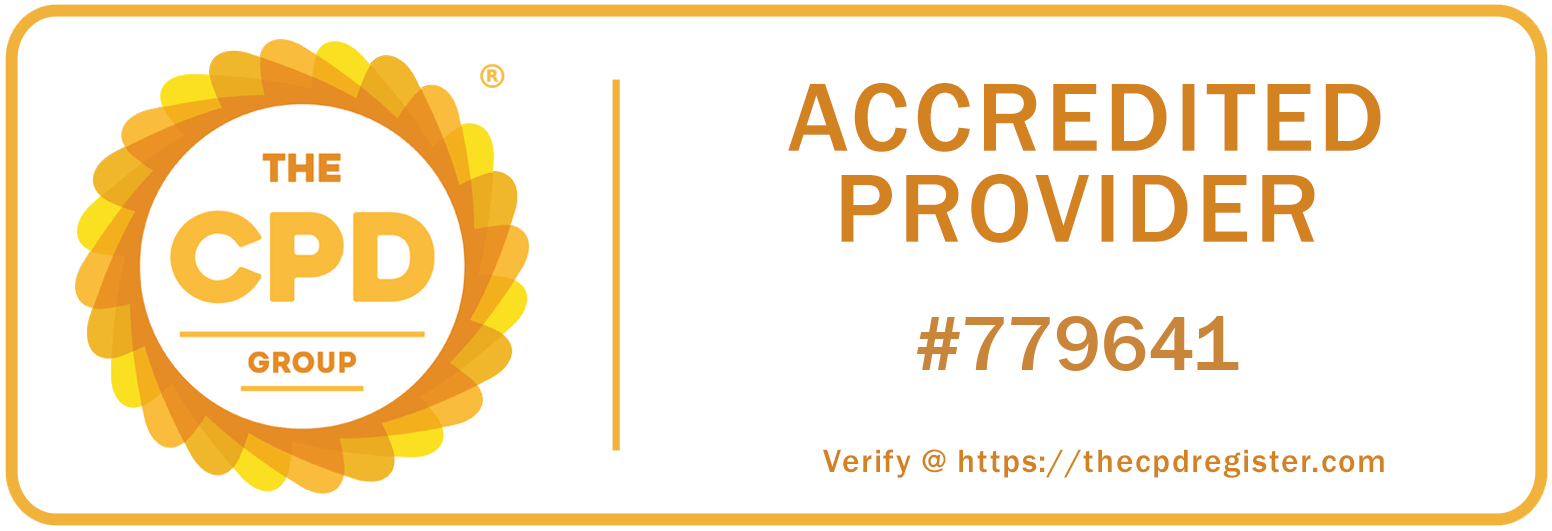Pass Functional Skills Exam With Ease: Proven Tips to Ace Math, English & ICT Tests

We understand that the Functional Skills exam can be nerve-wracking. Countless learners all over the UK experience the
Difference between Support Worker and Care Assistant: Job Descriptions, Salary, and Key Differences Explained

Difference between support worker and care assistant — In the UK health and social care environments, the titles
Difference Between Care Worker and Support Worker: Everything You Need to Know

Difference between care worker and support worker is a common question when searching for jobs in health and
How to Become a Personal Stylist: Your Complete Guide to Launching a Career in Fashion

Understanding how to become a personal stylist:Have you ever thought about building someone’s confidence by helping them see
How Long Does It Take to Become a Gas Engineer? The UK Fast Track vs. Apprenticeship Timeline

How long does it take to become a gas engineer? If you’re considering a career as a gas
How Can I Become a Nursery Nurse? The Definitive UK Career Guide

Working as a nursery nurse can be among the most enjoyable jobs in the childcare profession. This profession
Business Development Career Opportunities: The Ultimate Guide to Salary, Roles, and Career Path

Business Development Career Opportunities are increasingly sought after in today’s competitive landscape. Everyone wants to grow—whether it’s a
How to Become a Makeup Artist: Your Guide to Training, Salary, and Starting Your Career

How to become a makeup artist:Makeup artistry beautifully combines artistry, creativity, and people skills. From creating stunning looks
7 Good Organisational Skills for Your Resume and Interview Success

Good organisational skills are a key differentiator in a professional career. Every profession requires managing multiple deadlines and
How to Become a Life Coach in UK

What Is a Life Coach in UK, And Is It the Best Career for You? The role of








